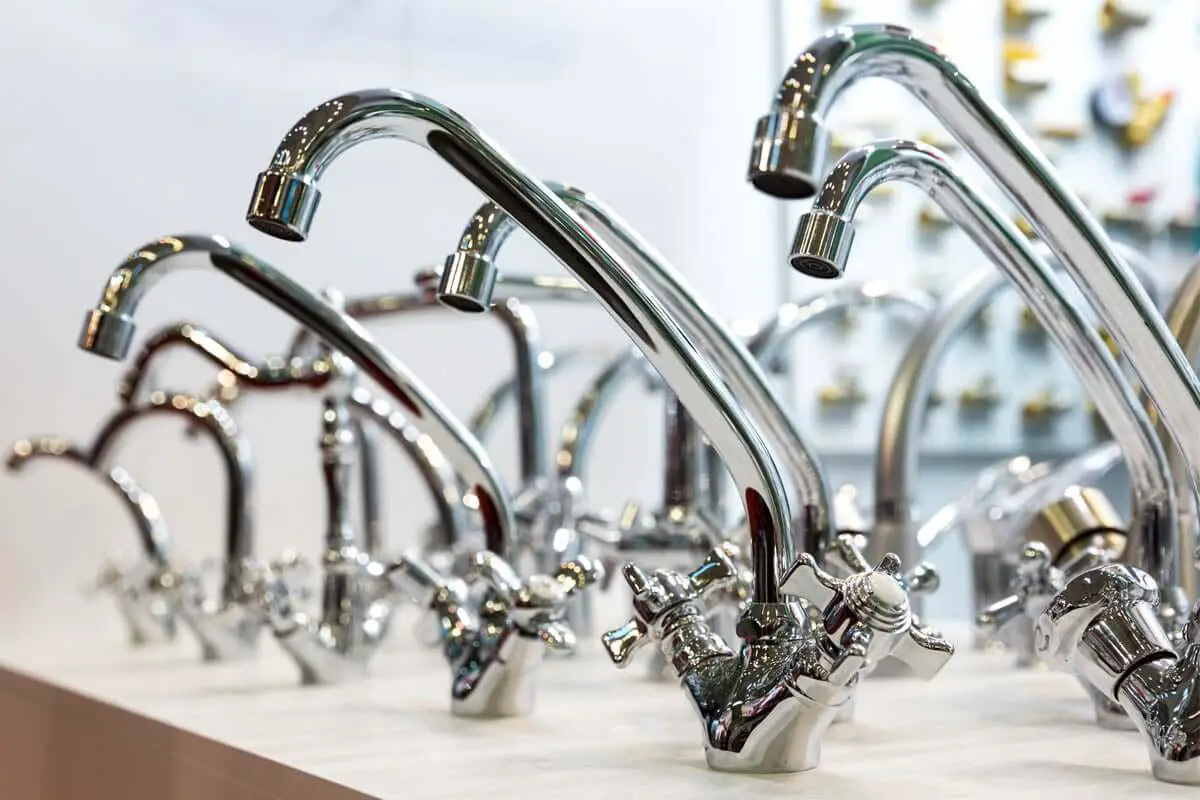Introduction
When it comes to home décor and hardware, even the smallest details can make a significant impact on the overall aesthetic and feel of a space. One such detail that often gets overlooked is the choice of metal finishes for fixtures and fittings. Two popular options in the world of metal finishes are polished nickel and satin nickel. Both offer distinct qualities that can enhance the look of your home, but they have unique characteristics that set them apart. In this article, we will delve into the differences between polished nickel and satin nickel, helping you make an informed decision for your next home improvement project.
What is Polished Nickel?
Polished nickel is a metal finish that exudes elegance and luxury. It is achieved by polishing the nickel surface until it becomes glossy and reflective, resembling the appearance of silver. The process involves rigorous buffing, which creates a flawless, mirror-like finish. This lustrous shine adds a touch of sophistication to any room and complements both contemporary and traditional settings.
What is Satin Nickel?
Satin nickel, on the other hand, offers a softer and subtler look. It is created by applying a satin finish to the nickel surface, resulting in a brushed appearance with a low sheen. Unlike polished nickel’s high reflectivity, satin nickel has a smooth and velvety texture, adding a touch of warmth and charm to the surroundings.

Polished Nickel vs. Satin Nickel: Visual Appearance
Polished Nickel: Shining Elegance
Polished nickel’s greatest strength lies in its radiant appearance. The high gloss finish catches the light beautifully, making it the ideal choice for fixtures that you want to stand out. If you’re looking for a statement piece that adds a touch of opulence to your bathroom or kitchen, polished nickel is the way to go.
Satin Nickel: Subtle Sophistication
Satin nickel, on the other hand, offers a more understated charm. Its brushed texture disperses light evenly, resulting in a softer and more muted look. This makes satin nickel an excellent option for fixtures that you want to blend harmoniously with the overall décor without being too flashy.
Durability and Maintenance
Polished Nickel: The Gleaming Finish
While polished nickel imparts a glamorous touch to your space, it requires more maintenance to preserve its shine. The glossy surface is susceptible to fingerprints, water spots, and scratches. Regular cleaning and polishing are necessary to keep polished nickel fixtures looking their best.
Satin Nickel: Low Maintenance Charm
Satin nickel, on the other hand, is a winner in terms of maintenance. The brushed texture helps conceal minor scratches and fingerprints, making it more forgiving than its polished counterpart. It is easy to clean with just a damp cloth, making it an ideal choice for busy households.
Compatibility with Different Styles
Polished Nickel: Timeless Glamour
Polished nickel’s luxurious appeal makes it a perfect fit for traditional and formal settings. It complements classic design elements and opulent décors, adding a touch of timelessness to your space.
Satin Nickel: Versatile Simplicity
Satin nickel’s versatility shines through as it complements a wide range of styles. Its subdued elegance makes it suitable for modern, transitional, and contemporary settings alike. Whether you have a minimalist or eclectic taste, satin nickel will seamlessly blend in.
Cost Comparison
In terms of cost, satin nickel is generally more affordable than polished nickel. The extensive polishing process required for the latter contributes to its higher price tag.
Which One to Choose for Different Fixtures?
Faucets and Showerheads
If you want your faucets and showerheads to be eye-catching focal points, opt for polished nickel. Its reflective surface will draw attention and elevate the overall look of your bathroom.
For a more soothing and subtle appearance, satin nickel faucets and showerheads are the way to go. They will create a calming ambiance without overpowering other elements in the space.
Cabinet Hardware
For cabinet hardware, the choice between polished nickel and satin nickel largely depends on your desired style. Polished nickel will add a touch of glamour and formality to your cabinets, while satin nickel will lend a contemporary and approachable feel.
Lighting Fixtures
Lighting fixtures are often a centerpiece in a room. If you want them to make a bold statement, go for polished nickel. If you prefer a softer and more relaxed ambiance, satin nickel lighting fixtures are the right choice.
Polished Nickel vs. Satin Nickel: Pros and Cons
Polished Nickel Pros:
- Luxurious and opulent look
- Ideal for creating focal points
- Timeless appeal
Polished Nickel Cons:
- Higher maintenance requirements
- Prone to fingerprints and scratches
- Costlier than satin nickel
Satin Nickel Pros:
- Subtle and elegant appearance
- Versatile and adaptable to various styles
- Low maintenance
Satin Nickel Cons:
- May not be as eye-catching as polished nickel
- Limited reflective quality
Conclusion
In conclusion, the choice between polished nickel and satin nickel ultimately depends on your personal preferences and the overall style of your space. If you seek a dazzling and luxurious look that makes a statement, polished nickel is the way to go. On the other hand, if you prefer a subtle and versatile finish that complements various styles, satin nickel will suit your needs perfectly. Remember to consider the maintenance aspect and budget constraints while making your decision.
FAQs
1. Is polished nickel more expensive than satin nickel?
Polished nickel is generally more expensive than satin nickel due to the additional labor and resources required for the polishing process.
2. Can I mix polished nickel and satin nickel finishes in the same room?
Yes, mixing polished nickel and satin nickel finishes can create an interesting contrast and add depth to the room’s design. Just ensure they complement each other harmoniously.
3. Will polished nickel and satin nickel tarnish over time?
Both polished nickel and satin nickel are resistant to tarnishing, but regular maintenance will help preserve their appearance.
4. Which finish is better for a modern kitchen?
Satin nickel is a popular choice for modern kitchens due to its versatility and ability to blend well with contemporary design elements.
5. Are there any eco-friendly options for these finishes?
Some manufacturers offer eco-friendly versions of polished nickel and satin nickel finishes, which use more sustainable processes and materials. Be sure to check product specifications for eco-conscious options.



